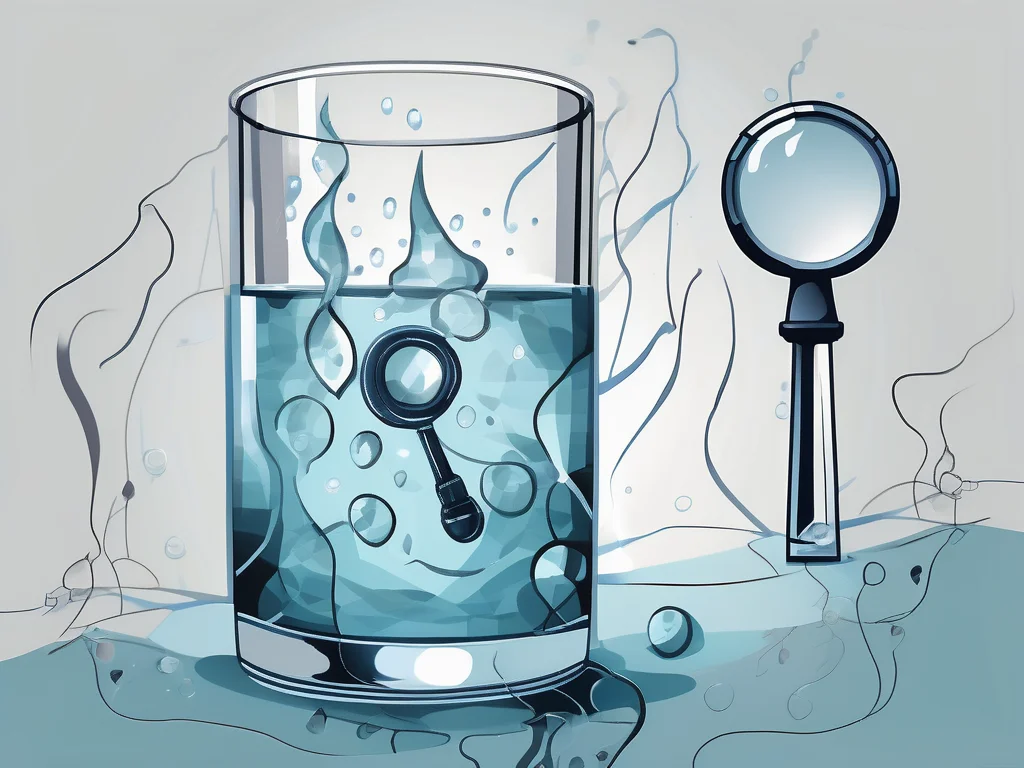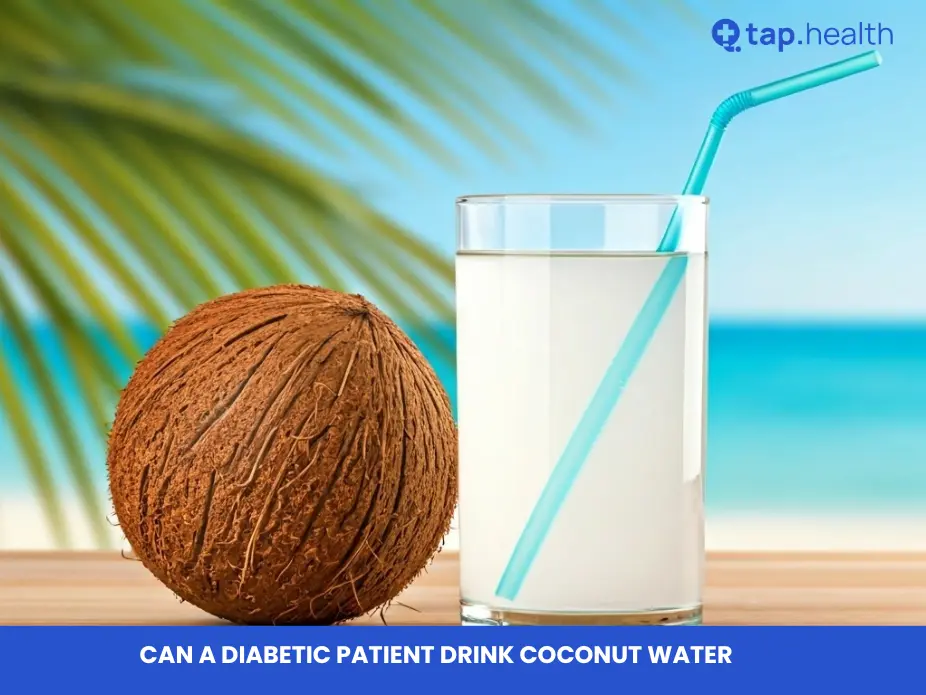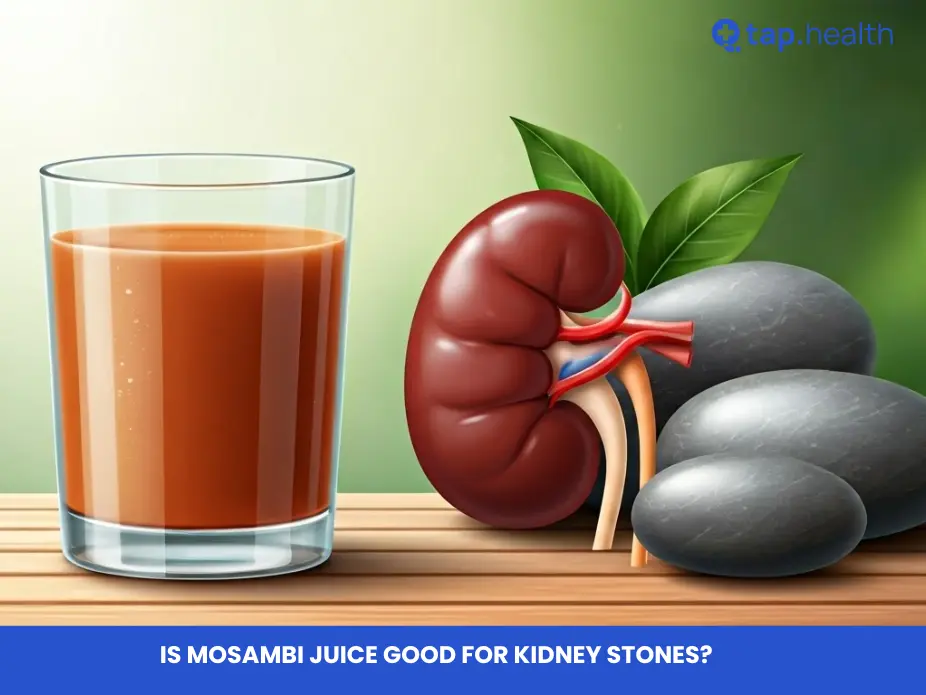Water brash is a condition that many people have heard of but may not fully understand. In this article, we will explore what water brash is, its causes, and whether or not it poses any dangers to our health. By shedding light on this topic, we hope to provide clarity and inform readers about this often misunderstood condition.
Understanding Water Brash
What is Water Brash?
Water brash, also known as acid brash, is a symptom characterized by the excessive production of saliva mixed with stomach acids. This profuse salivation can lead to a sour or bitter taste in the mouth and frequent swallowing, resembling regurgitation.
Individuals experiencing water brash may find themselves reaching for water frequently to alleviate the discomfort caused by the acidic taste in their mouths. Various factors, such as consuming spicy or acidic foods, lying down after a meal, or even bending over, can trigger this condition.
Common Symptoms of Water Brash
Aside from the sour taste and constant swallowing, individuals with water brash may experience other symptoms. These can include heartburn, chest pain, difficulty swallowing, and a general discomfort in the upper abdomen.
It is important to note that while water brash can be distressing, it is usually not a standalone condition. Instead, it is often a symptom of an underlying gastrointestinal issue, such as acid reflux or gastroesophageal reflux disease (GERD).
Managing water brash often involves lifestyle changes, such as avoiding trigger foods, eating smaller meals, and maintaining an upright posture after eating. In more severe cases, medications like antacids or proton pump inhibitors may be prescribed to reduce stomach acid production and alleviate symptoms.
The Causes of Water Brash
Digestive System Disorders and Water Brash
Water brash, a condition characterized by the sudden flow of saliva into the mouth, is commonly associated with disorders that affect the digestive system. Gastroesophageal reflux disease (GERD), a chronic condition where stomach acid flows back into the esophagus, is a primary culprit of water brash. Hiatal hernias, which occur when a portion of the stomach protrudes into the diaphragm, can also contribute to the development of water brash. Peptic ulcers, open sores that form on the lining of the stomach or duodenum, and esophageal motility disorders, which affect the movement of food through the esophagus, are additional digestive issues that can lead to an imbalance of stomach acids and trigger the symptoms of water brash.
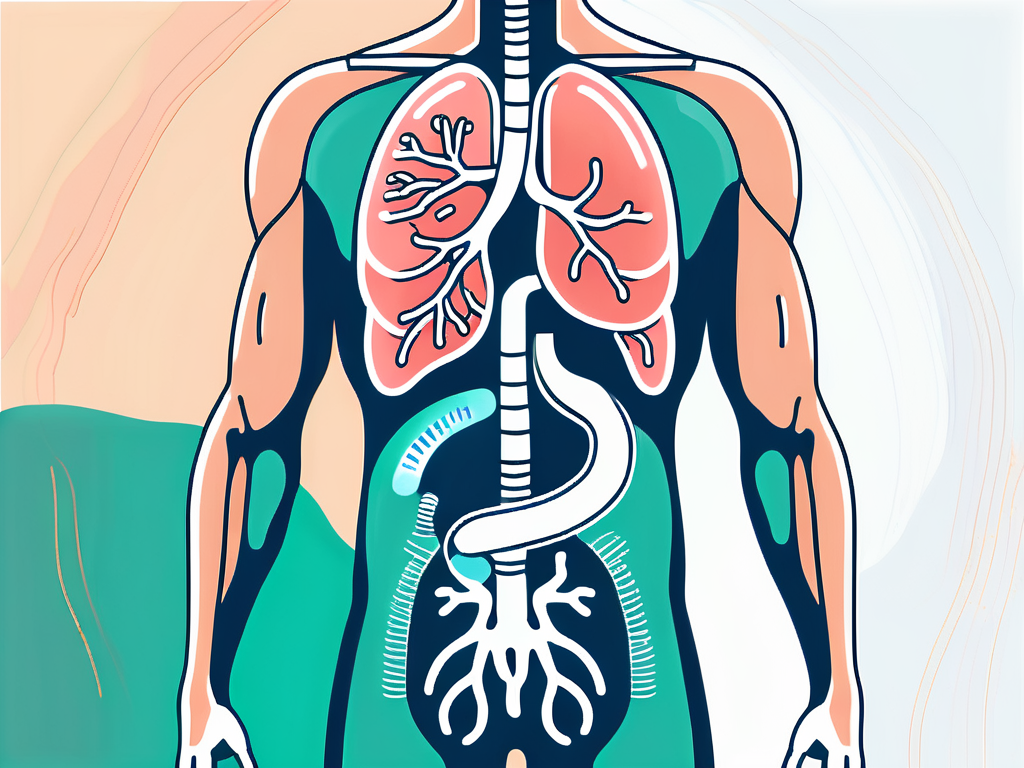
Lifestyle Factors Contributing to Water Brash
While digestive disorders play a significant role in the development of water brash, certain lifestyle factors can also contribute to its occurrence. Overeating, especially close to bedtime, can put pressure on the stomach and increase the likelihood of acid reflux, leading to water brash episodes. Consuming spicy or fatty foods can relax the lower esophageal sphincter, allowing stomach acid to flow back up into the esophagus and trigger symptoms of water brash.
Moreover, habits such as smoking and excessive alcohol consumption can irritate the esophagus and increase the production of stomach acid, exacerbating water brash symptoms. Stress, a common modern-day affliction, can have a significant impact on digestive health and may worsen water brash by disrupting the normal functioning of the gastrointestinal system. Additionally, obesity can contribute to the development of water brash by putting added pressure on the stomach and esophagus, promoting acid reflux and subsequent episodes of water brash.
Is Water Brash Dangerous?
Gastroesophageal reflux disease (GERD) commonly associates water brash, characterized by the sudden appearance of excessive saliva in the mouth, often accompanied by a sour or bitter taste. While water brash itself is typically not considered dangerous, it serves as a warning sign of underlying issues that may have more serious health implications if left untreated.
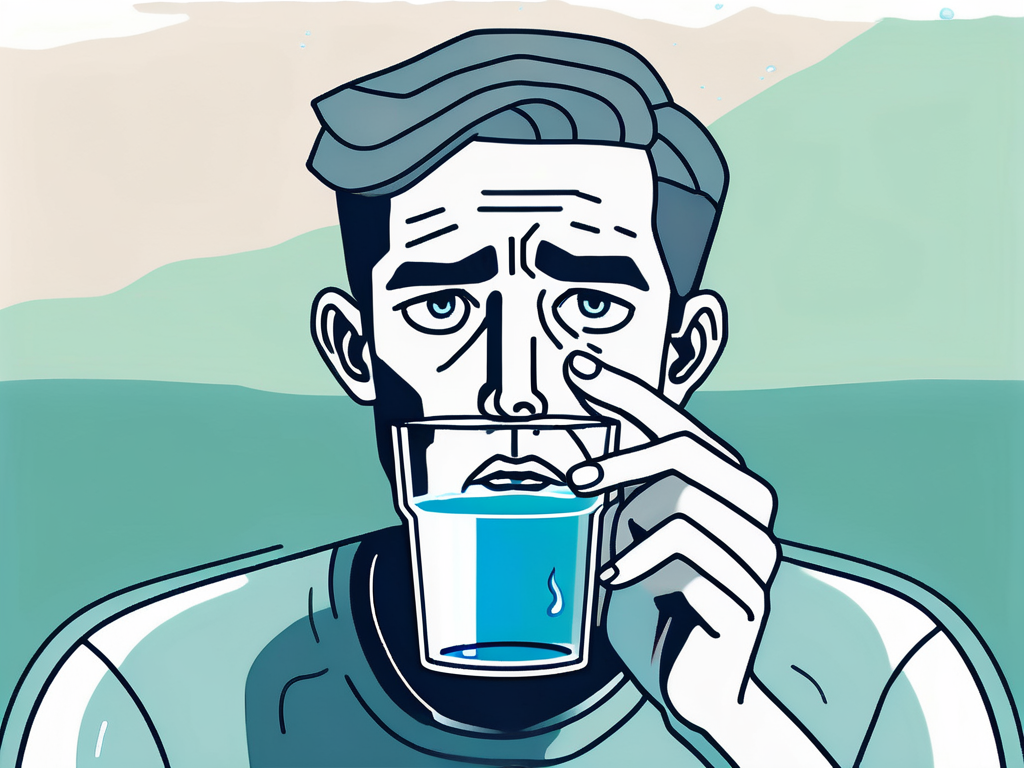
Immediate Health Risks of Water Brash
Most people do not consider water brash itself dangerous in most cases. Untreated GERD, causing water brash, can result in serious health issues due to underlying conditions not being addressed. Chronic acid reflux can cause damage to the esophagus and increase the risk of developing esophageal cancer.
GERD causes water brash by weakening the lower esophageal sphincter, allowing stomach acid to flow back into the esophagus.
Long-Term Effects of Water Brash
While water brash may not pose immediate dangers, it can significantly impact one’s quality of life if left unmanaged. Frequent episodes of water brash can lead to discomfort, disrupted sleep, and difficulty eating. These symptoms can contribute to weight loss, nutritional deficiencies, and a decreased overall well-being.
Individuals experiencing water brash should not ignore these warning signs. Seeking medical attention is crucial to properly diagnose the underlying causes and develop an effective treatment plan. Lifestyle modifications, dietary changes, and medications can all play a role in managing GERD and alleviating symptoms like water brash.
Individuals experiencing water brash should seek appropriate medical care to address the underlying causes and find effective treatment methods.
Diagnosing Water Brash
Medical History and Physical Examination
When diagnosing water brash, healthcare professionals will typically start by taking a thorough medical history and performing a physical examination. They will identify any potential risk factors or symptoms that may indicate an underlying condition contributing to water brash.
Healthcare providers inquire about diet, symptoms, and medications during assessment. Understanding the patient’s lifestyle and habits can provide crucial insights into the possible triggers of water brash. The exam may check for signs of GERD, like inflammation.
Diagnostic Tests for Water Brash
Doctors may order various diagnostic tests to determine the cause of water brash. These can include upper gastrointestinal endoscopy, esophageal manometry, pH monitoring, and radiographic imaging. These tests offer valuable insights into digestive system function and structure, aiding in accurate diagnosis and treatment planning.
Upper gastrointestinal endoscopy visually inspects the lining of the digestive tract using a camera tube inserted through the mouth. Esophageal manometry evaluates muscle contractions and food movement, while pH monitoring measures acid levels to detect acid reflux.
Treatment Options for Water Brash
Medications for Water Brash
Medical treatment for water brash typically focuses on managing the underlying condition causing the symptom. Proton pump inhibitors (PPIs), histamine receptor blockers, and antacids are commonly prescribed to reduce stomach acid production and alleviate symptoms. Additionally, prokinetic drugs may be recommended to improve gastrointestinal motility and prevent acid reflux.
Proton pump inhibitors (PPIs) work by blocking the enzyme in the wall of the stomach that produces acid. By reducing acid production, PPIs help to alleviate symptoms of water brash such as heartburn and regurgitation. Histamine receptor blockers reduce stomach acid production to relieve symptoms caused by histamine in the body.
Lifestyle Changes to Manage Water Brash
Alongside medication, lifestyle modifications can play a vital role in managing water brash. Ways to improve health: eat healthy, avoid acidic/spicy foods, maintain weight, avoid smoking/alcohol, and use stress reduction techniques. By implementing these changes, individuals can mitigate the occurrence and severity of water brash episodes.
It is important to note that certain foods and beverages can trigger or worsen water brash symptoms. Spicy foods, citrus fruits, caffeine, and carbonated drinks exacerbate acid reflux and people should consume them in moderation. Maintaining a food diary can help individuals identify and avoid triggers that lead to water brash episodes.
Understanding water brash, its causes, and treatments can help individuals manage and improve their digestive health through informed steps. Consulting with a healthcare professional is vital for accurate diagnosis, personalized treatment plans, and long-term management of this symptom.
